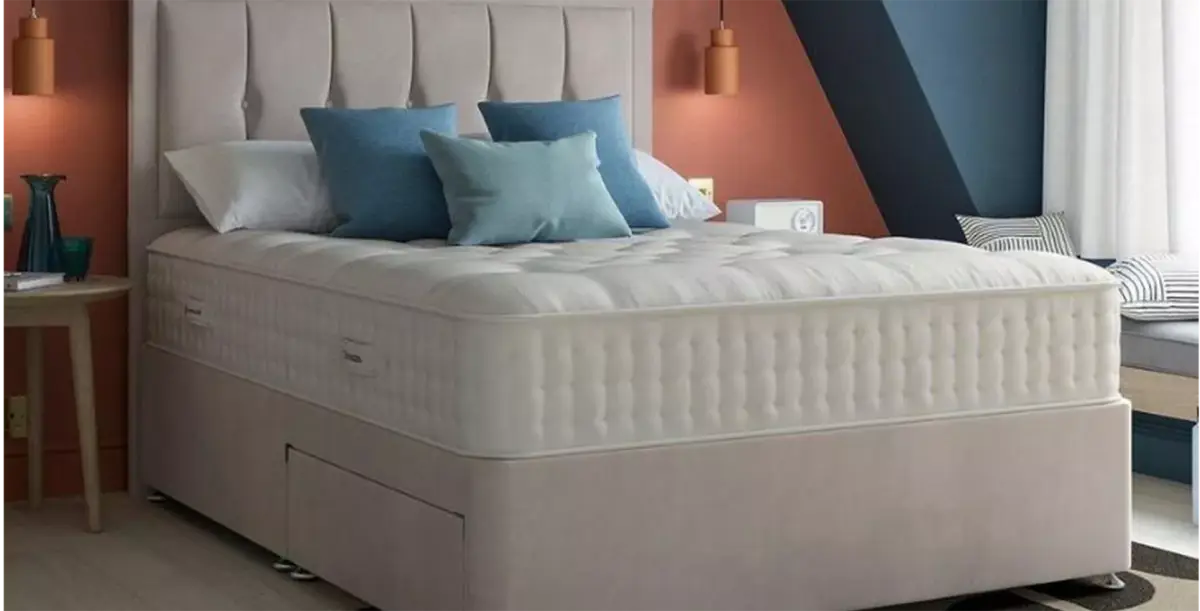As people age, they often require assistance with daily tasks, medical needs, and socialization. Families must decide whether to provide care for their loved ones at home or to move them into assisted living facilities. Both options have their pros and cons, and it is important to carefully consider which one is the best fit for each individual’s needs.
In-Home Care: A Personalized Approach
For seniors who wish to remain in their homes, in-home care can be a viable option. In-home care providers can assist with daily tasks such as bathing, dressing, and meal preparation. They can also help with medication management, transportation to appointments, and other medical needs. In-home care allows seniors to receive the assistance they need while maintaining their independence and the familiarity of their own home.
In-home care is a personalized approach that can be tailored to the specific needs of each individual. Caregivers can be hired for part-time or full-time care, and can adjust their services as needed. In-home care can be less expensive than assisted living, and seniors can continue to live in their own homes, surrounded by their own possessions and memories.
However, in-home care may not be the best option for everyone. Seniors who require round-the-clock care, or who have complex medical needs, may not be able to receive the necessary level of care at home. Additionally, in-home care can be isolating, as seniors may not have the same opportunities for socialization and activities as they would in an assisted living facility.
Assisted Living: Community-Based Care
Assisted living facilities offer a community-based approach to care for seniors. Residents live in their own apartments or rooms, but have access to assistance with daily tasks and medical needs. Assisted living facilities often offer social activities and events, such as fitness classes, movie nights, and outings, which can provide a sense of community and socialization for residents. Assisted living facilities may be a good option if you wish to find a community for a senior who requires more assistance with daily tasks and medical needs than can be provided in a home setting. Additionally, assisted living facilities can provide a level of security and peace of mind for families, as staff members are available 24/7 to provide assistance and respond to emergencies.
However, assisted living facilities can be expensive, and the cost may not be covered by insurance or government programs. Additionally, some seniors may not want to leave their homes and may struggle with the adjustment to a new environment. Families must carefully consider whether an assisted living facility is the right fit for their loved one’s needs and preferences.
Making the Right Choice
Choosing between in-home care and assisted living can be a difficult decision for families. It is important to consider each individual’s needs, preferences, and financial situation. Families should also research different providers and facilities, and ask for references and reviews from other families.
Ultimately, the choice between in-home care and assisted living should be based on what is best for the individual senior. In-home care may be the right fit for some seniors, while others may thrive in an assisted living facility. Families should have open and honest discussions with their loved ones about their preferences and needs, and should work together to find the best possible solution.
Cost Considerations
One of the primary concerns for families when deciding between in-home care and assisted living is the cost. In-home care can often be less expensive than assisted living, but costs can vary depending on the level of care needed and the geographic location. Families should research different providers and compare costs to ensure they are getting the best value for their money. Assisted living can be more expensive, but it may also include additional services and amenities that are not available with in-home care. Families should also consider whether their loved one has long-term care insurance or other resources that can help offset the cost of care.
Healthcare Needs
Another important consideration when choosing between in-home care and assisted living is the senior’s healthcare needs. In-home care providers can provide assistance with daily tasks and basic medical needs, but they may not be equipped to handle more complex medical conditions. Assisted living facilities often have nurses on staff who can provide medical care and administer medications. They may also have partnerships with healthcare providers in the community who can provide additional medical services. Families should carefully consider their loved one’s healthcare needs and choose the option that can provide the necessary level of care.
Quality of Life
When it comes to caring for seniors, quality of life is an important consideration. In-home care can provide seniors with a sense of independence and familiarity, but it may also be isolating if they do not have access to social activities and opportunities for engagement. Assisted living facilities can offer a sense of community and socialization, but residents may feel like they are losing their independence. Families should consider the emotional well-being of their loved ones and choose the option that can provide the best quality of life.
In conclusion, choosing between in-home care and assisted living is a complex decision that requires careful consideration of the senior’s needs, preferences, and financial situation. Families should research different providers and facilities, and ask for references and reviews from other families. They should also consider the cost, healthcare needs, and quality of life of their loved ones. By taking the time to make an informed decision, families can provide the best possible care for their senior loved ones.




